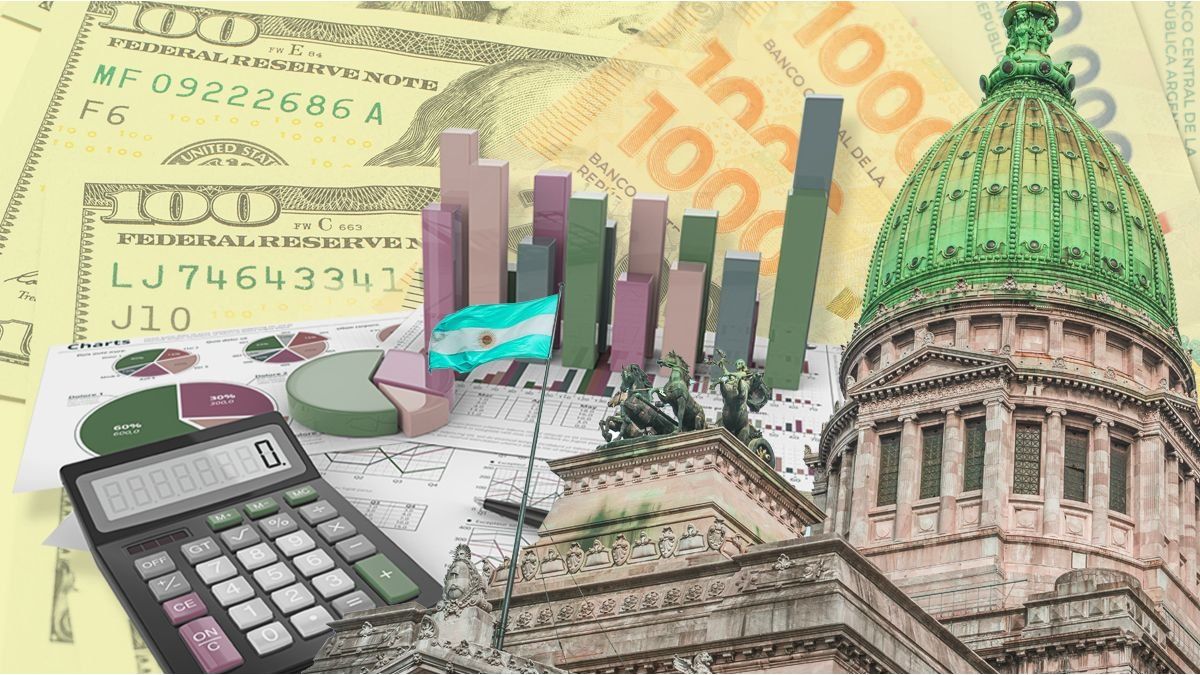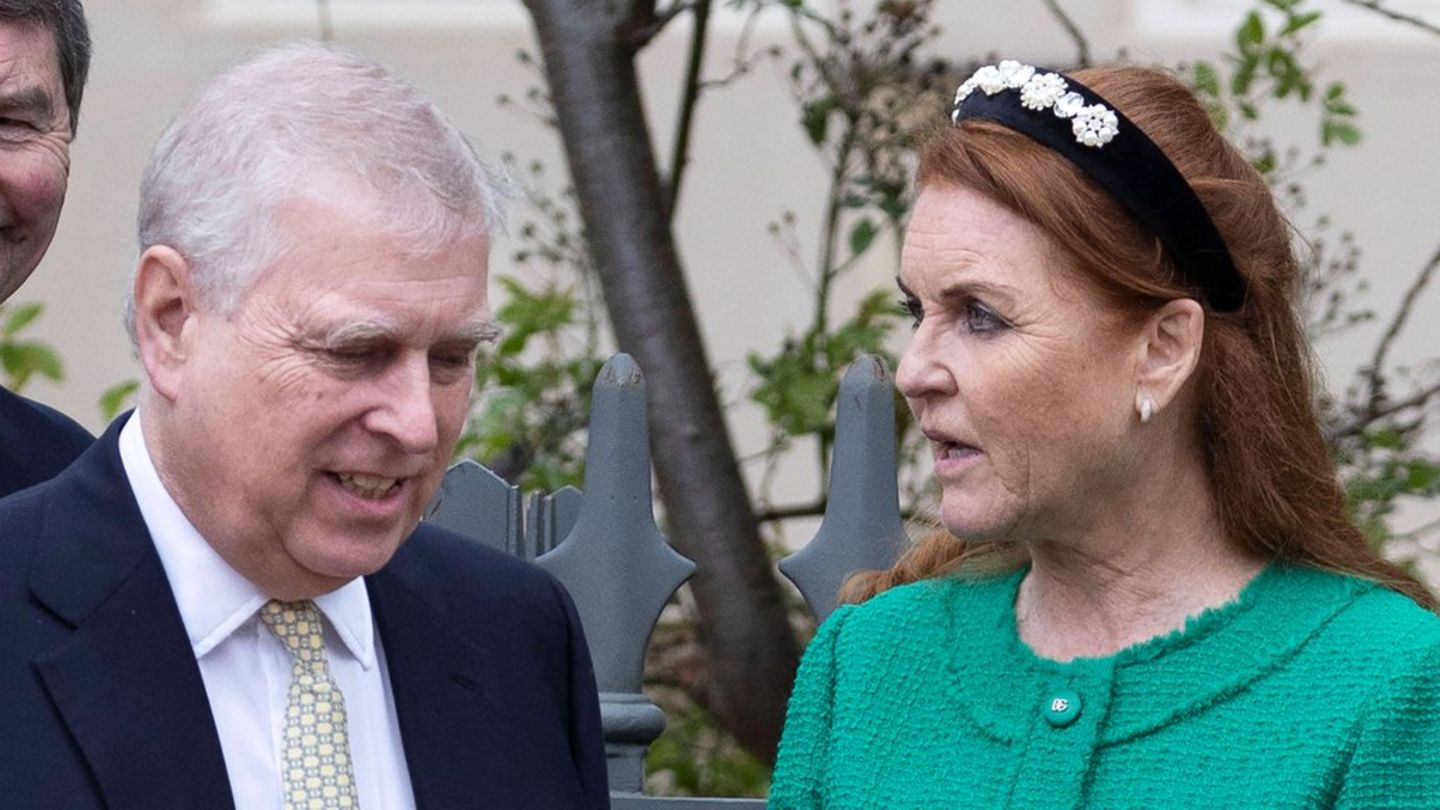“Don’t look at what I write, look at what I do“, says the latest report of Econviews, in which addresses the 2025 Budget. For the consulting firm of Miguel Kiguelthe philosophy of the plan Milei Caputo seems correct and pushes for the fiscal cultural change that Argentina needs. Having said that, he indicates that “the budget numbers must be taken with a grain of salt.” And that is because the president Javier Milei He avoided going into the finer details, such as numbers, and instead focused on emphasizing the change of era that it implies. close the year with fiscal balance and repeat it again in 2025.
For its part, a report by Delphos Investment The document states that, rather than taking the Budget as an infallible projection, what is crucial is to contrast the Government’s forecasts, which are “optimistically biased”, with market expectations. For example, the document presents various scenarios on how different financial assets might behave.
In this context, he assures that the Official dollar, projected at $1,207 by December 2025, It is the forecast that clashes the most with what the market expects, followed by a Annual inflation estimated at 18.3%. Meanwhile, if economic growth of 5% is also consolidated, along with a fiscal and financial surplus, the main beneficiaries would probably be the sovereign bonds in dollars (“hard dollar”), followed by fixed-rate peso instruments (such as Lecap).
Instead, the inflation-adjusted bonds (Boncer) and, especially, those tied to the official exchange rate (dollar linked) would be less favored, the latter being the most harmed due to the projection of a lower devaluation. The document is conclusive in pointing out that the implicit exchange rates reflect that the projection of $1,207 for December 2025 “It is far from market expectations“. This, despite the significant compression of recent weeks, the official dollar at Matba-Rofex (future dollar) remains far from these values.
Budget 2025 vs. market: between optimism and pessimism
For March 2025, the futures market estimates the official dollar at $1,206, and for August, $1,389.“The devaluation implicit in the Matba-Rofex contracts is considerably higher than that needed to reach an official dollar of $1,207 in Decemberwhich would imply, for example, maintaining a rate of 2% per month until the end of April and then reducing it to 1% per month from May to December.
Along the same lines, The implicit official dollar, which arises from the Lecap and Dollar-Linked, is at $1,300 for March 2025, $1,550 for June and $1,750 for December (the latter constructed by interpolating the Lecaps curve). “Although the inflation projection is not as disruptive as that of the official dollar, It is also more optimistic than the market expects”Specifically, the city is discounting approximately 25% of accumulated inflation between January and July 2025, while the Government expects 18.3% throughout the year.
In this regard, Econviews analyzes the macro projections on which the income and expenses of the Budget were calculated “They are not very in line with what we see, both us and the market.” The inflation expected by the Executive for the end of this year is 104.4%. According to the consultancy, the Ministry of Economy hinted that this scenario was outlined in June, “but it still seems very optimistic.”
Econviews.jpeg
According to the consultancy, the Ministry of Economy has hinted that this scenario was outlined in June, “but it still seems very optimistic.”
And he adds that “to reach that number, it would have been necessary for monthly inflation from June to December to be 2.51%. In June, July and August, that was not the case.” In fact, it was much higher. He also does not expect it to break through that level in the coming months. “Standing in the present, Inflation would need to be 1.21% in the last four months of the year to be able to reach“, says Kiguel’s consultant.
The challenge of keeping promises and convincing the market
And the fact is that the Budget presented by Milei reflects great optimism regarding the development of the economic plan. There is no doubt about that, with a projected growth of 5% by 2025, an annual inflation of 18.3% and an official dollar of $1,207 for December. Also, the Article 1° It highlights a firm commitment to fiscal balance, the first time in ten years that this balance has been projected.
If the Government’s plan is strictly implemented, as Delphos rightly points out, “The economic success would be resounding and should be reflected in the prices of sovereign bonds in dollars.“. The bad thing is that the titles still discount in their prices a default or restructuring and are trading at prices well below comparable countries. In addition, due to projected disinflation, “Lecaps would comfortably outperform inflation-adjusted peso bonds (CER)“.
“For example, if the remaining inflation in 2024 coincides with the ‘breakeven’ and in 2025 the projection of 18.3% is met, the Boncer maturing in December would offer a direct yield in pesos of 57%, while a Lecap, assuming a TEM of 3.90%, would reach a direct yield of 75%, significantly higher,” the document exemplifies.
As for Dollar-Linked bonds, “even in the best-case scenario” with a 0% gap in December 2025, The TZDV5 would have a yield of 23%, much lower than that of peso bonds mentioned or to the sovereign curve in dollars, if the end of 2025 is reached without an exchange gap or a significant devaluation.
Expectations reflected in bonds
That’s why, Although the Budget projections are optimisticit is important to note that today’s prices for “hard dollar” sovereign bonds “reflect very different expectations“In fact, hard currency debt values reflect a scenario of restructuring or default, “since we are performing like Sri Lanka (in default) and far behind countries like Pakistan,” Delphos analyses.
However, if a positive economic scenario for Argentina is consolidated in 2025, “bonds should compress to levels of comparable countrieswhich project economic scenarios for next year that do not seem to be more positive than those projected for Argentina,” warns Delphos. Specifically, he explains that Sri Lanka and Pakistan project financial deficits of 5% and 7% for 2025, growth of 2.5% and 4.5% and inflation of 4.5% and 12%, respectively.
“These are projections that Argentina could achieve, which predicts financial equilibrium by 2025, with the exception of those related to inflation. It should be remembered that, to reach Pakistani prices, global bonds have to rise by 45% on average. Clearly, History seems to condemn Argentina for its nine defaults and for not having had financial balance (without being in default). “However, we believe that, should an economic improvement materialize and continue along the surplus path, the bonds should reflect the improved capacity and willingness of this government to pay,” the study concludes.
Source: Ambito
I am a 24-year-old writer and journalist who has been working in the news industry for the past two years. I write primarily about market news, so if you’re looking for insights into what’s going on in the stock market or economic indicators, you’ve come to the right place. I also dabble in writing articles on lifestyle trends and pop culture news.




